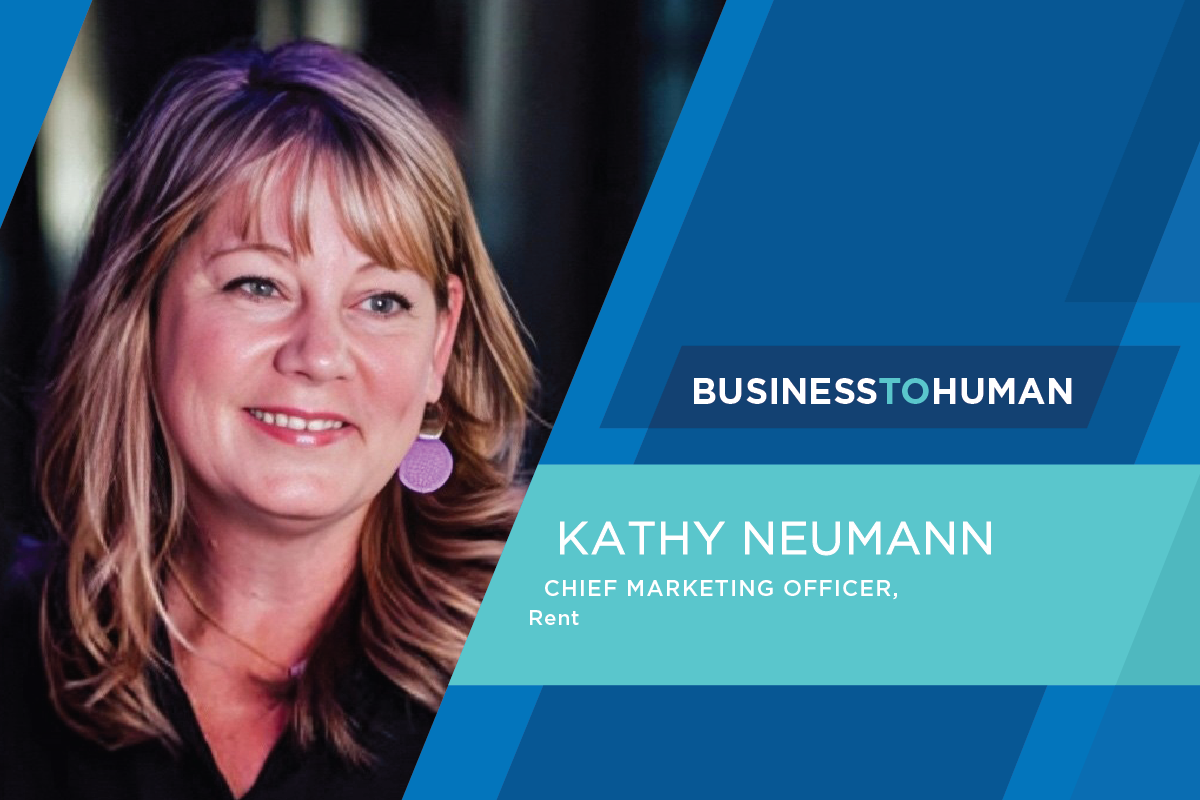Summary
Consumers are engaging more with direct mail than ever before, making it an even more effective part of an omnichannel campaign.
Marketers need to ride this wave and take advantage of the momentum direct mail is currently enjoying with direct mail campaigns that are engaging and measurable.
In this article, learn how you can build a campaign that harnesses this direct mail moment and measure its success.
The events of the past couple of years caused people to shift their behaviors, particularly as they found themselves spending more time at home. When it comes to media engagement, with direct mail specifically, our November 2020 Consumer Study found that 49% of the affluent segment (those with household income of $100K+) were more excited about receiving mail than they were pre-pandemic. The same survey revealed that 44% percent of millennials were spending more time reading direct mail marketing or promotions than they were before.
And now, on the heels of the pandemic, we face historic levels of inflation. Considering how effectively direct mail delivers important savings to consumers, we can expect its momentum to continue.
Here are a few best practices for creating effective, engaging direct mail campaigns.
A snapshot of the direct mail moment
Here are some of the key direct mail stats from our recent research.
- 70% of respondents said they regularly read or look at ads that come in the mail (Vericast Awareness-to-Action Study, June 2022)
- 61% said it makes them aware of neighborhood stores, restaurants and services — 67% of millennials and baby boomers agree (Vericast Awareness-to-Action Study, March 2022)
- 47% said direct mail motivates them to try a new store or product — 55% of millennial parents agree (Vericast Awareness-to-Action Study, March 2022)
Build on momentum
Direct mail is all about connection: From the moment consumers pick up their mail each day, primed to engage, they’re looking for information and savings. The average shelf life of direct mail inserts is 17 days and during this time your mailed message will be read, put on display, used for a shopping trip, and shared with others in the household.
When you consider that 88% of key purchase decisions are discussed at home, and households are getting bigger with millennials living at home for longer, the impact of that reach and longevity compounds.
By comparison, to engage every member of a household with a digital campaign you may need up to five or six email addresses. Direct mail has the potential to get the same reach with one physical address.
Capitalizing on this reach and engagement — and fueling it beyond the mailbox — starts at inception, when you get the ball rolling with audience segmentation and targeting.
- Leverage CRM. Use your CRM data to understand your consumers and find look-alikes. Direct mail is highly effective at both customer retention & acquisition.
- Create an omnichannel experience. Align your direct mail campaign with your digital efforts to create a complete journey. Studies repeatedly demonstrate the incremental lift that comes with omnichannel campaigns.
- Make your messaging resonate. Understand the demographic make-up of the households you’re targeting. If mail is being shared, it can’t just talk to one person.
Taking these steps at the beginning of the campaign will ensure an already primed audience is motivated to take the desired action and keep the momentum of the campaign rolling.
Measure your effectiveness
Measurability is crucial for demonstrating ROI and helping you maintain the campaign’s momentum. Seeing what works, and understanding why it works, helps you replicate and build on success. As part of the upfront planning, be sure to include ways to measure how the campaign performs against your objectives.
Whether it’s coupon redemption, call tracking, traffic, or sales matchback — direct mail is measurable, and you should be understanding performance and engagement.
One increasingly popular way to bridge from print to a digital experience involves putting a QR codes on the direct mail ad to prompt the reader to take action, while helping you track conversions.
You can create unique QR codes for households, neighborhoods, different CTAs, or offers to test and track numerous metrics. QR codes enjoy widespread adoption, particularly among millennials.
Unique URLs offer similar functionality. If you’re targeting households with a mix of demographics it may be worth including unique URLs and/or QR codes.
Driving the connection online not only enhances the campaign’s measurability, it also unifies the brand between print ad and digital presence. This means you’re building a path for two-way engagement that allows you to prompt consumers to check their mailboxes in the future.
If you’re running an offer with coupons, use unique codes for different cohorts and track redemptions to see which are performing best. You could also use this as an opportunity to test creative executions.
Don’t let it die on the hallway table
Direct mail is having a moment. The current environment has exposed new opportunities and amplified what has always made it such a great format. Brands have a real opportunity to capitalize on the momentum with direct mail campaigns that reach consumers and deliver needed savings.
The tips in this post will help you create highly engaging campaigns. But there’s more. Take a deep dive into the direct mail moment and see what else you can be doing to capitalize on it.
We’ve created an ebook that summarizes and explains the key stats and consolidates all the resources we have on the topic. Read it here.



